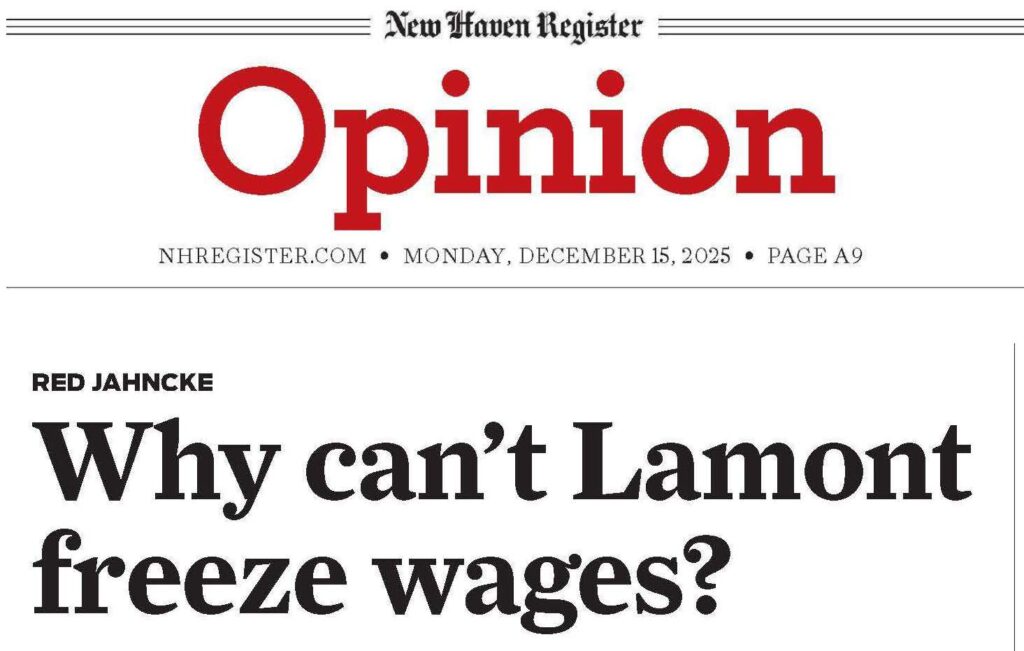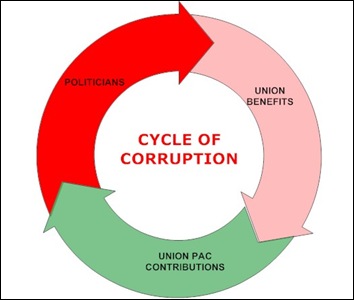Recently, a Connectiocut state employee accused me of misrepresentation in saying that state employee wages have increased 33% during Governor Lamont’s six years in office. He claimed to have received only 15%, which was wildly inaccurate. My column set the record straight.
This week, another state employee attacked me. While acknowledging the 33% six-year wage increase, he accused me of ignoring four years of zero increases surrounding the six Lamont years. This week’s accuser is a well-paid member of the faculty of UCONN Health; let’s call him “the professor.”
First, the only year this side of the six years is the current fiscal year, in which there are no zeros.













